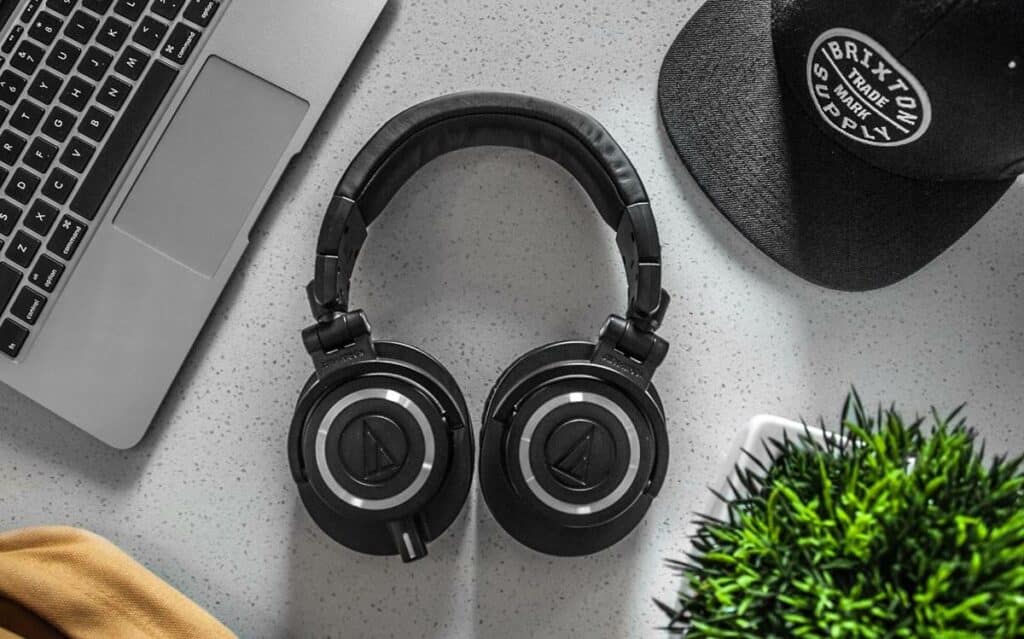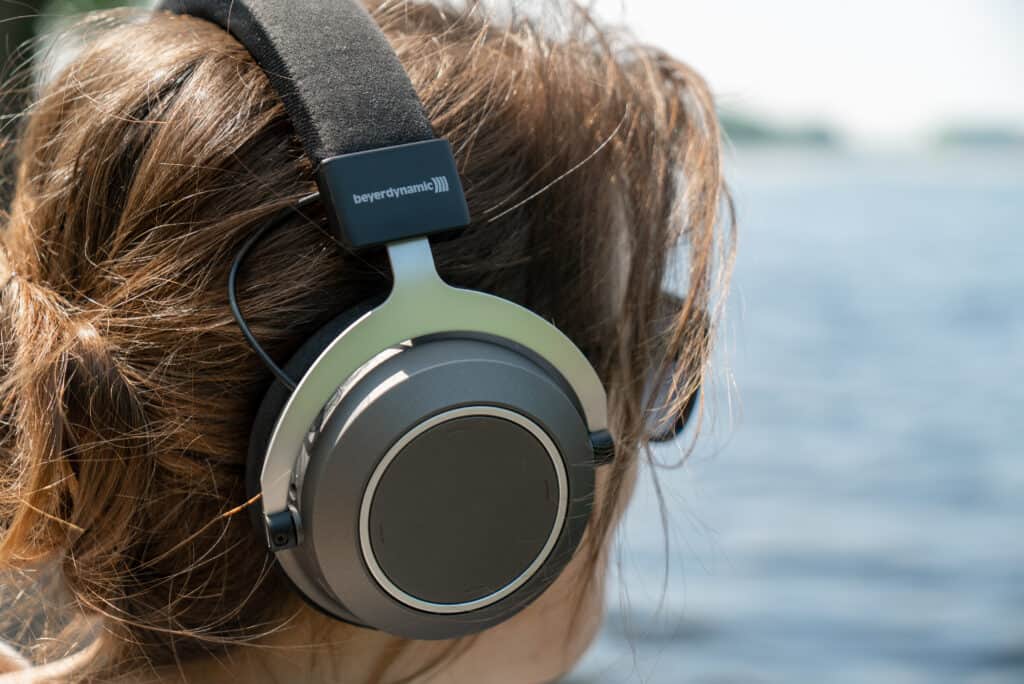Indeed, headphones are more secure. Headphones take into consideration a restricted measure of room between the speaker and your ear that gives support. Learn how to choose & buy the best headphones for you and the factors to consider while selecting one.
There are now many more options accessible to you if you’re in the market for new headphones than there were just a few years ago.
Headphones can now detect your heart rate, project music and audio around you, and even submerge you in directed 3D soundscapes. They are no longer limited to earbuds and on-ear cups. Even through your jawbone, they can transmit music to your eardrums.
How to pick the ideal headphones
When looking for the best headphones, several elements come into play, but your choice should always be based on the intended use. Having stated that, before choosing any combination, you should consider the following factors.
Don’t forget to check out this amazing and high-quality headphone from here.
Our comprehensive guide to headphones is provided below. Also, check out the best headphone for business use reviews here.
Choose Best On-ear Headphone
Advantages
- Better sound quality than earphones provide; non-intrusive. Consider this to choose the best headphones.
Disadvantages
- Over time, a tight headphone fit may become unpleasant.
On-ear headphones may be a wonderful choice if you have a little more space in your suitcase because they frequently give you access to a larger soundstage than earbuds do. Instead of snaking a smaller speaker into your canal, they achieve this by positioning a bigger speaker next to your ear.
On-ear headphones also often have soft, plush cushioning, which is a bonus. There are many benefits to listening to music while relaxing with two tiny pillows on either side of your face if you’ve never tried it.
Over-hear Headphone
Pros
- A large soundstage and a comfortable fit that’s perfect for extended listening sessions.
Cons
- Huge and cumbersome
With improved fit, over-ear headphones place themselves over your entire ear, utilizing the cozy cushioning of on-ear headphones. These larger headsets have larger drivers because their more roomy enclosures produce more accurate audio.
However, one drawback of larger headphones is that they take up more space, leaving less room for other items on your head and in your luggage, in addition to top factors to consider to learn hoe to buy headphones.
Choose Best Open Headphones

Choose Best Headphones Advantages
- A wider soundstage and more realistic audio; Keep your environment in mind.
Disadvantages
- You’re playing your music for anyone nearby. Added ambient noise to your audio
These frequently pricey headphones have an open-back design that does not isolate the sounds coming from the drivers. Some people prefer open-back headphones because they have a larger soundstage that sounds like it is happening around you rather than being fed into your ears.
The drawback of open-back headphones is that they leak sounds to those around you, as you might imagine. As a result, these headphones are more appropriate for use in the privacy of one’s home than for adventuring outside. Keep this in mind to learn how to buy headphones and the factors to consider.
Choose the Best Closed Headphones

Advantages
- Exclusive listening times; No entry of outside sounds
Disadvantages
- Sound is directed at your ears rather than existing naturally as background noise.
As long as you have correctly fitted them to your ears and the level isn’t excessively loud, most headphones have a closed-back construction that keeps your music private. Due to passive noise canceling, closed-backed headphones can reduce some background noise in comparison to their open-backed counterparts.
You won’t receive the lovely, natural sound quality that open-back headphones provide, which is a drawback of this design. As a result, a good point on how to buy headphones.
Choose Best Headphones Pros
- Comfort
There is no doubt who won. Comfort is the goal of over-the-ear headphones, and they achieve it admirably.
- Sound Quality
We won again. The drivers in over-the-ear headphones are larger, and bigger drivers equal better sound quality.
Choose Best Headphones Cons
- Bulky
By nature, over-the-ear headphones are bulky and large, making them unsuitable for vigorous physical activity.
- Easily Broken
Due to their bulk, headphones are susceptible to damage more easily. There’s a good chance that a good pair of headphones will break if they’re dropped.
Choose the Best In-Ear Headphones
Sometimes called earbuds or “earbuds,” in-ear headphones are probably the most common type today. The white “ear tips” that come with every new iPhone make them an essential accessory. On the way out to the class, the average college student might make sure to have her keys, wallet, phone, and earbuds with her. portability
Due to their small size, in-ear headphones have the highest priority when it comes to mobility. Some come with a travel case, but for many, it’s just a matter of wrapping the string around your fingers a few times and tossing them in a bag or pocket. However, tangles can be a problem, so look for in-ears with tangle-free cables.
Decide how you will use your headset
Do you use headphones while traveling, in the listening room, or at the gym? Or all three? Different headphones are better for different situations, and the rest of this guide will help you find the right one for you and how to buy headphones.
Choose the right headphone type
biggest decision. Before we talk about wireless variants, noise cancellation, smart features, and more, you need to decide what type of headphones you like, so let’s get started. The three basic types of headphones are: around-ear, on-ear, and in-ear.
How Choose Headphones Wired or Wireless?
It’s pretty simple, but we say it’s a matter of personal preference.
First, a short story: Once upon a time, someone invented Bluetooth, and then someone else put Bluetooth into headphones (basically creating the world’s first wireless headphones), and while it’s a good idea, there’s one major problem: first, Yes music generation Bluetooth headphones sound terrible. Like Tinny, Spotty sucks…or AM Radio sucks in a water bowl.
That was then. That is now. Today’s premium wireless Bluetooth headphones are fantastic, with sound quality nearly indistinguishable from its wired counterparts. You have two different types to choose from: wireless and true wireless to choose the best headphones.
The wireless headphones have a cable that connects the two earbuds, like Bose SoundSports in your ears. With true wireless headphones like the Bose SoundSport Free, there are no wires to connect to your music source and no wires between each earbud (see below).
We could list the benefits of wireless headphones. The sense of freedom from not being tethered to a physical device, etc. But why? It’s simple: If you can afford wireless headphones, get them. Finally, almost every pair of wireless headphones on the market today come with a cable, so you can still get the best of both worlds.
Still, there are two important reasons to consider wired headphones. First, if you’re a serious musician, sound engineer, and/or audio engineer, you want wired headphones that deliver higher and consistently better sound quality – no matter the conditions. This also applies to audiophiles and/or anyone who lives for music.
The second biggest reason wired is better than wireless: is battery life. Bluetooth is a constant drain on the battery, and you can never really predict when the battery will die. (Though expect 10 to 20+ hours for most wireless headphones.)
The post How to Choose the Best Headphones for You? appeared first on Visualmodo.

0 Commentaires